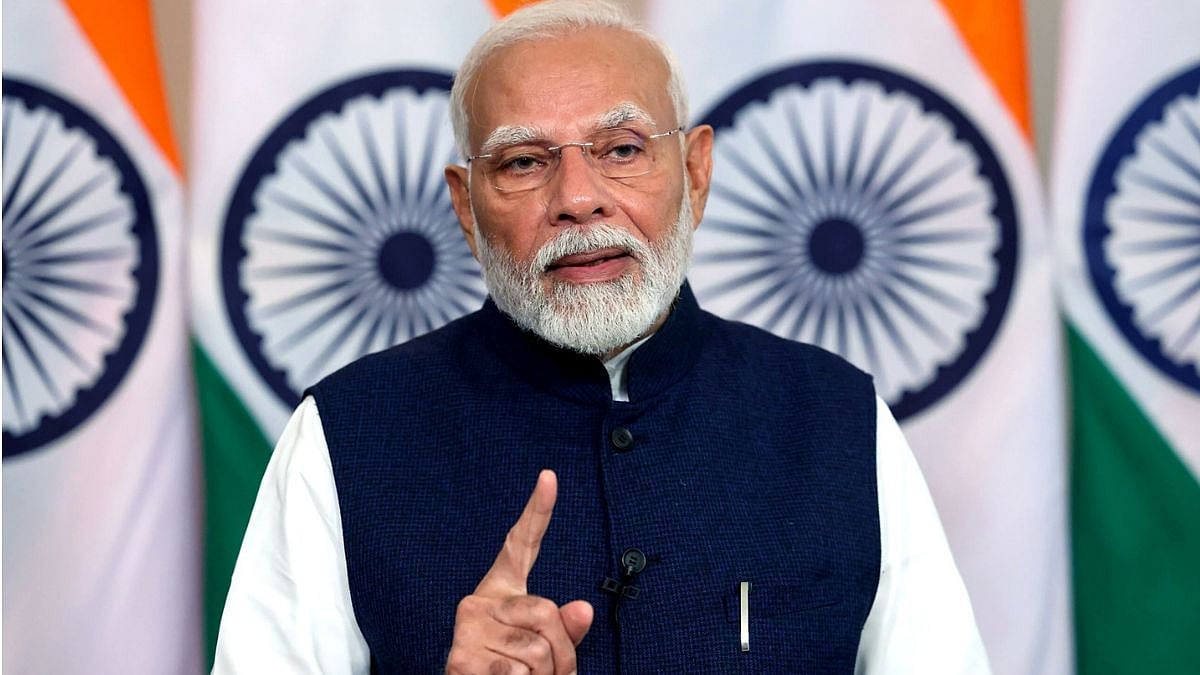“Faith is like Himalaya mountains which cannot possibly change – Mahatma Gandhi,” said the graffiti painted on a portion of a school wall, that was washed away in last year’s Glacial Lake Outburst Flood event, which devastated everything in the path of the Teesta River in the Himalayan state of Sikkim in India.
For a long time now scientists, experts and residents have warned that the Himalayas are changing in more ways than one. Unbridled extraction and construction activities, massive deforestation, ill-planned highways and non-stop dam building activities, over tourism and unprecedented plastic pollution, have destroyed endangered ecosystems and unleased a series of man-made disasters.
However, climate change poses the most dangerous change yet, in the form of unprecedented loss of snow cover in the abode of snow — hima (“snow”) and alaya (“abode”) — and its impacts are being felt across the rigid borders of South Asia. The Himalayas act like a water tower for Tibet, Pakistan, Northern India, Nepal, Bhutan and Bangladesh. Snowmelt is the source of about a quarter of the total water flow of 12 major river basins that originate high in the region and is a crucial water source for around 240 million people in the mountainous regions, as well as for another 1.65 billion people in the river valleys below.
Millions of people dependent on Himalayan snowmelt for water face a “very serious” risk of shortages this year after one of the lowest rates of snowfall, according to the International Centre for Integrated Mountain Development (ICIMOD), a regional intergovernmental learning and knowledge sharing centre serving the eight regional member countries of the Hindu Kush Himalaya (HKH) region — Afghanistan, Bangladesh, Bhutan, China, India, Myanmar, Nepal, and Pakistan.
Among the key findings in the report titled ‘Water, ice, society and ecosystem in the Hindu Kush Himalaya – An Outlook’, ICIMOD scientists have found that the Himalayan glaciers disappeared 65% faster since 2010 than in the previous decade, and that 200 glacier lakes across these mountains are deemed dangerous, and the region could see a significant spike in glacial lake outburst floods by the end of the century. Himalayas could lose up to 80% of their volume by the end of the century if global warming continues, warns the report.
Many of South Asia’s big rivers are inter-state rivers. The Indus and its tributaries, Jhelum, Chenab, Ravi, Beas, and Sutlej, flow from India into Pakistan. The Karnali, Gandagi and Kosi flow from Nepal into India. The Brahmaputra (Yarlung Zangbo in Tibet) flows from Tibet into India. The Ganga, Brahmaputra and Teesta flow from India into Bangladesh. These glacier and snow-fed rivers originate in the Himalayas and are the lifeline for South Asia.
ICIMOD has been monitoring snow in the region for over two decades, noting that 2024 marked a “significant anomaly”. The Ganges river basin, which flows through India, had the “lowest snow persistence” that ICIMOD has recorded, 17% below average, worse than the 15% in 2018.
The Helmand river basin in Afghanistan recorded its second-lowest snow persistence levels, 32% below normal.
The Indus river basin was down 23% below normal levels, while the Brahmaputra river basin, which ends in Bangladesh, had snow persistence “notably below normal” at 15%.
To prepare for this eventuality of Himalayan proportions demands a shift in mindset — from viewing boundaries as barriers, to recognising them as shared lines of vulnerability. The case for regional climate cooperation in South Asia has never been more urgent and straightforward than it is today.
Experts warn that piecemeal national efforts will be inadequate in the face of this existential threat. Rivers like the Indus and Ganges, nourishing millions across multiple countries, are projected to experience drastically altered flow patterns due to melting glaciers. Himalayan countries, including India, lack the financial and the human resources required to tackle the impending crisis; with cooperation in areas of disaster risk reduction and adaptation, more can be achieved together than alone.
One major hurdle is the complex water-sharing dynamics in the region. The Indus Water Treaty, a lifeline for millions in India and Pakistan, requires constant negotiation and cooperation in the face of changing weather patterns. Similar water-sharing agreements across the region need to be revisited and strengthened to ensure equitable and sustainable water management. To improve their ability to deal with the ravages of climate change, South Asian countries must pool their financial, material and human resources. Geopolitical tensions and competing national priorities cannot be allowed to overshadow the collective good.
By working together to protect the Himalayas and the people dependent on them, nations can not only safeguard their own populations but also emerge as a global leader in collective climate action. It is time for the Secretary General of the SAARC to urgently establish a regional forum to address the climate change impacts on the Himalayas.
Shailendra Yashwant is an independent environmental photojournalist and climate communications consultant. He tweets at @shaibaba












